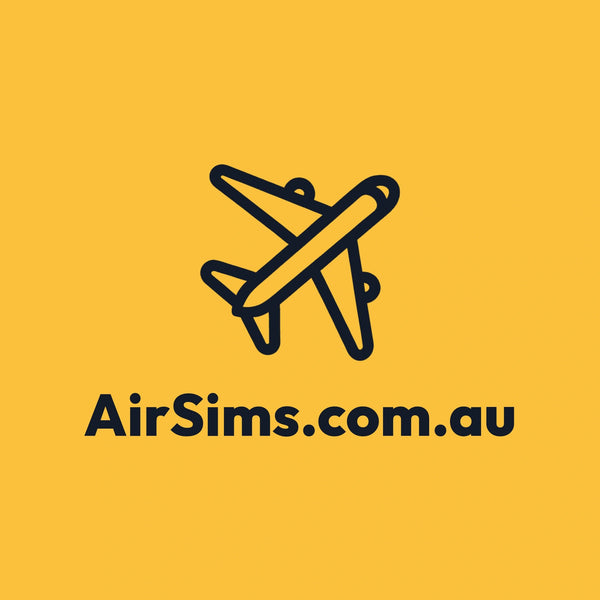
The Truth About "Unlimited" eSIM Data
Understanding eSIMs and unlimited data plans: What You Need to Know for Your Travels
If you’re planning to travel and are considering using an eSIM for data, you might have come across the term “unlimited data.” It sounds amazing, right? But before you dive in, let’s break down what eSIMs really offer, the average data usage for a tourist, and why this option can still be great value for your travels.
What is an eSIM?
First, let’s clarify what an eSIM is. An eSIM (embedded SIM) is a digital SIM card built directly into your device. Unlike traditional SIM cards that you have to insert into your phone, an eSIM allows you to download your mobile plan over the internet. This means you can switch networks without needing to physically swap cards, which is super convenient while traveling.
The Truth About "Unlimited" Data
Now, when it comes to data plans, many providers advertise “unlimited” data. Here’s the catch: unlimited doesn’t always mean what it seems. Most eSIM plans have a fair usage policy, which means that after you reach a certain data threshold, your speed might slow down significantly, or you may be subject to additional charges.
What Does Fair Usage Mean?
Fair usage policies are designed to prevent users from hogging all the bandwidth. For instance, a plan might offer “unlimited” data but slow down after you’ve used, say, 2GB. So while you can still use data, it won’t be as fast as it was when you first started. Always check the fine print!
At airsims.com.au we advertise up front to you (eg. 500MB, 1GB, 1.5GB, 2GB etc) and charge how much high-speed data you are getting per day. No trickery from us. This helps you save money by selecting how much high speed you actually want. If you do go over you daily limit - no problems, speed will simply slow down and there are no excess fees.
Average Data Usage for Tourists
So, how much data do you really need while traveling? On average, a tourist may use about 1 to 2 GB of data per day. Here’s a rough breakdown of typical activities:
- Social Media: Checking in on Facebook or Instagram can use about 100-200 MB per day.
- Navigation: Using maps for directions might use around 300-500 MB, especially if you’re looking for places to eat or visit.
- Messaging: Apps like WhatsApp or Messenger use about 50-100 MB per day for texting and sharing photos.
- Streaming: If you stream music or videos, this can add up quickly, using 500 MB to 1 GB or more depending on how much you watch.
So, for a week-long trip, you might need around 7 to 14 GB of data total. If your eSIM plan offers, say, 10 GB at a reasonable price, it could be perfectly adequate for your needs.
Why eSIMs From AirSims.com.au Are Great Value
-
Convenience: No need to find a local SIM card or visit a store. You can activate your eSIM before you even arrive at your destination.
-
Flexibility: You can switch between different data plans and providers without changing your physical SIM card.
-
Cost-Effective: Many eSIM plans are competitively priced, especially compared to roaming charges from your home carrier. For tourists, this can mean significant savings.
-
Control: You can track your usage in real-time, allowing you to adjust your habits if you find yourself nearing any limits.
-
No Surprises: With eSIMs, you can pre-purchase data packages, so you know exactly what you’re spending and how much data you’ll have.
- Peace of mind: If your eSIM doesn't work (eg. fails to activate or simply refuses to work) - reach out to us via the www.airsims.com.au website chat or private message us on Facebook and we will offer you a full refund.
Final Thoughts
While the allure of “unlimited” data with an eSIM might sound tempting, it’s important to know the realities behind it. Understanding your average data usage while traveling can help you choose the right plan for your needs. With the convenience and flexibility that eSIMs offer, they can still provide excellent value for your adventures abroad.
Happy travels, and may your data be fast and plentiful!









